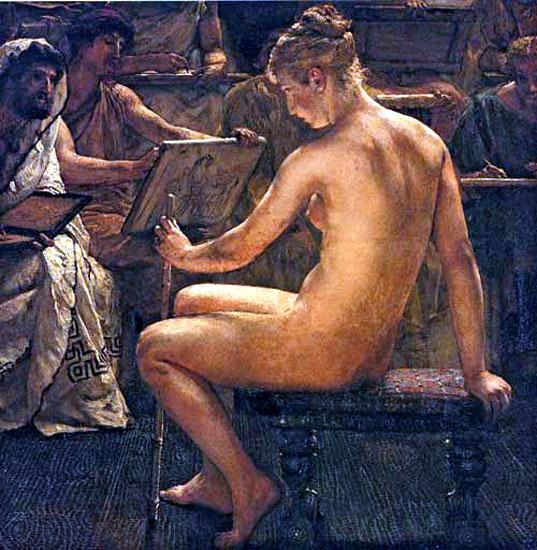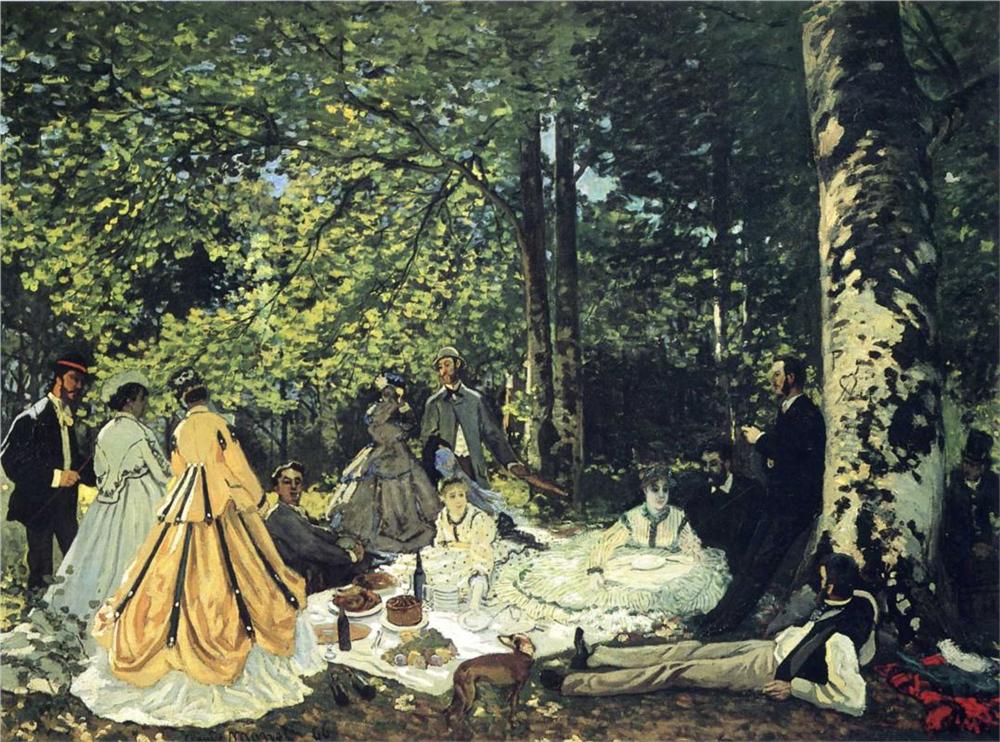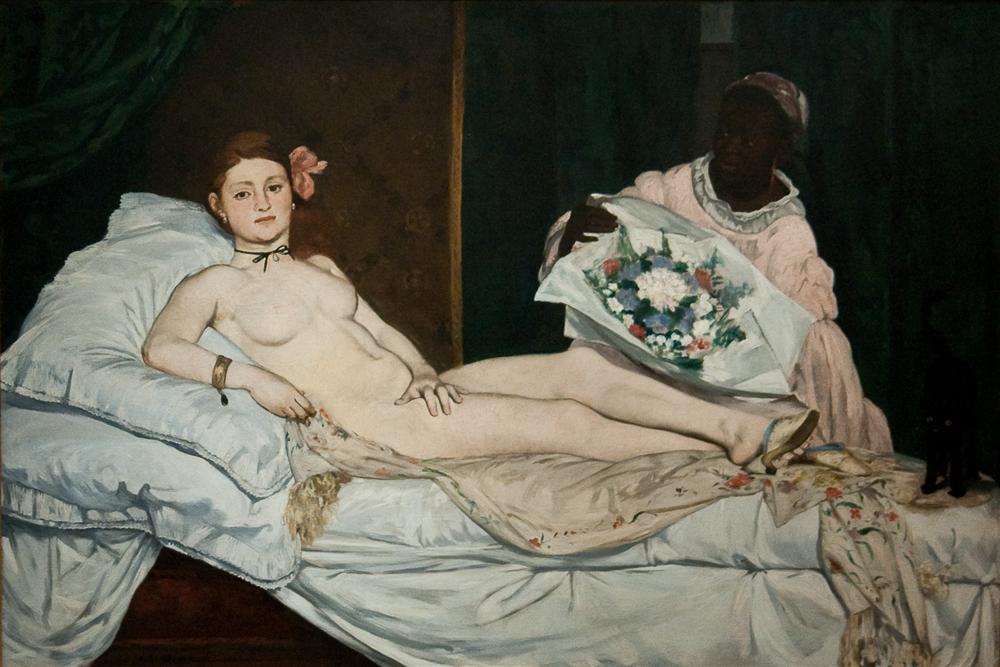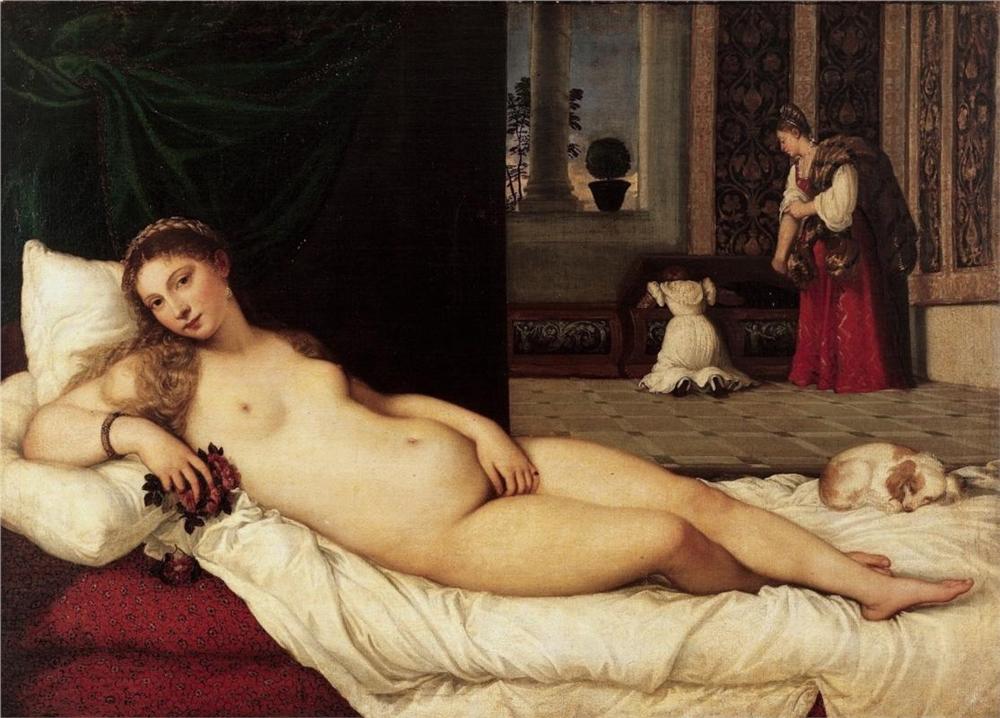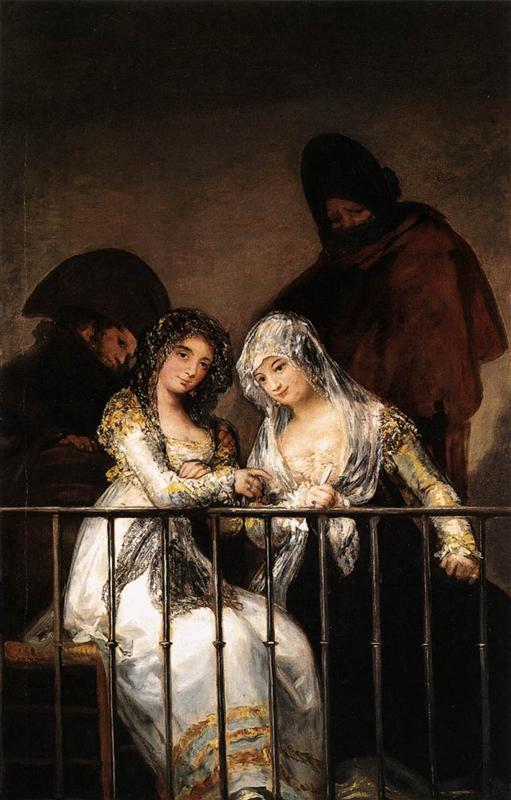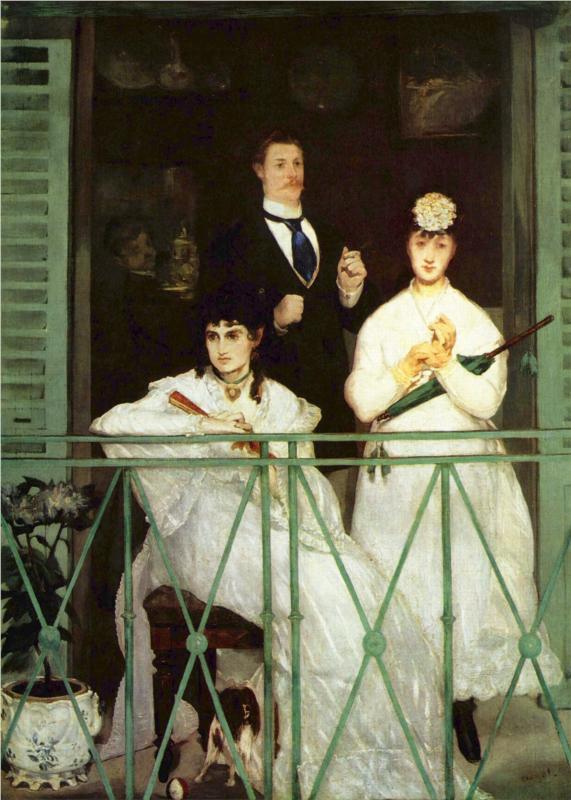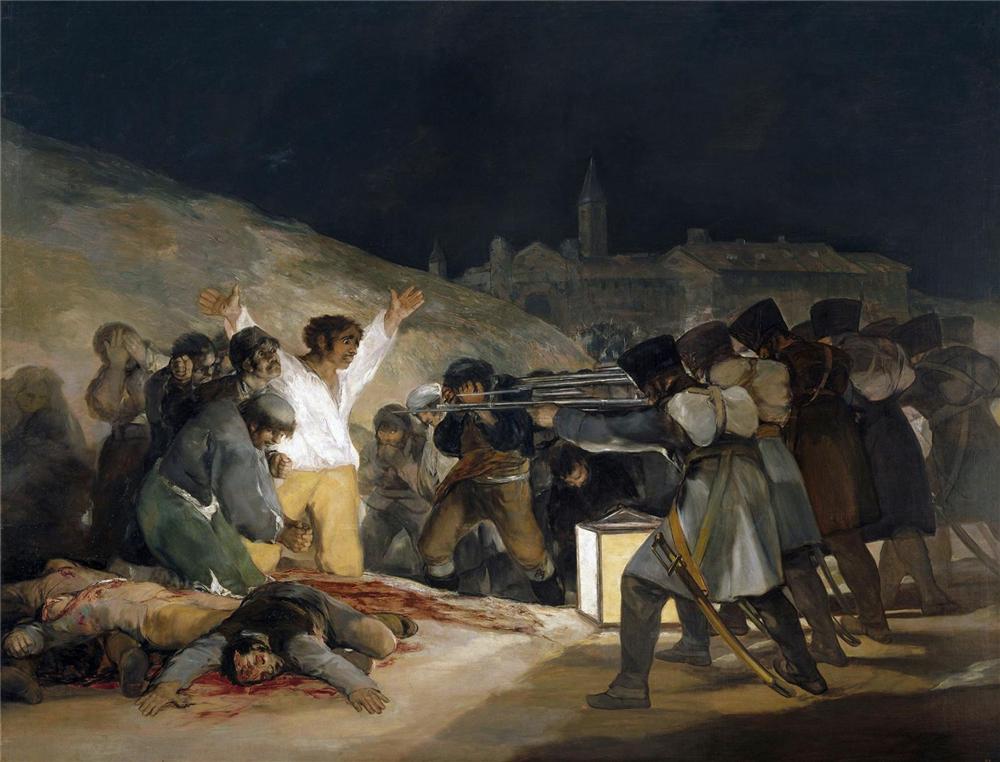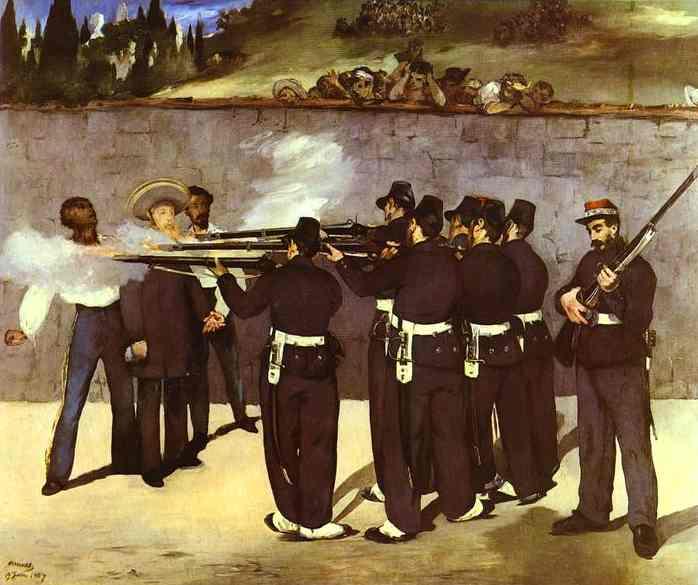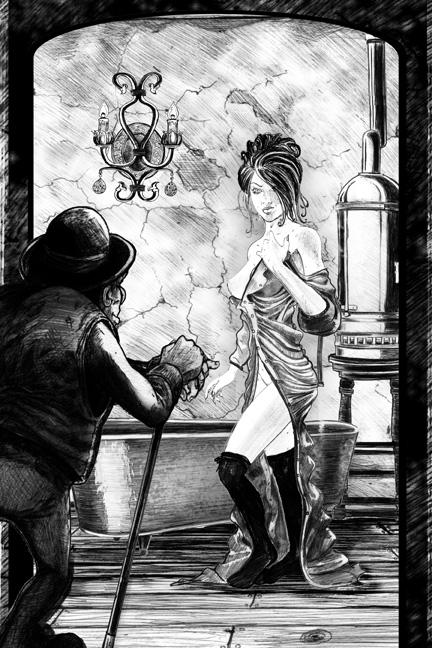Chapter 7 – Form, Line, Light, Shadow
A Roman Studio_Sir Lawrence Alma-Tadema 1877
They were large canvases. And Monet had attempted his own luncheon on the grass, a great, twenty-foot-long canvas that he dragged, rolled up, all over France with a pretty model named Camille Doncieux whom he’d met in the Batignolles and his friend Frédéric Bazille to pose for all the male figures. “But don’t let your ambition become too large too early, Lucien,” Monet had told him…
“Luncheon on the Grass” – 1865, Claude Monet – This is the painting Monet wanted to make after seeing Manet’s “The Bath”, later titled, “Luncheon on the Grass” in 1863. Note the guy in gray in the middle, and the one in black on the left, is the same guy, Frederick Bazille. And the women are all Camille. More about this later, but it is a really huge canvas if you consider they were toting it all over Normandy, on trains, with wet oil paint on it. It’s at the Musee D’Orsay in Paris, now, where all of the Louvre’s Impressionist paintings live. More about that later, too.
Olympia – Edouard Manet – 1863
“You can use Goya’s Maja pose. That’s what Manet started with.”
What a completely disturbing thought. Olympia did look remarkably like Goya’s Nude Maja regarding the viewer, daring him,
and Manet clearly admired Goya, using Goya’s Maja on the Balcony as inspiration
for his own painting of the Morisot family, The Balcony,
and Goya’s war paintings from Napoleon’s invasion of Spain
(Execution of the Defenders of Madrid, Third of May, 1808, Francisco Goya-1814)
for his Execution of Maximilian
“Can I watch?” asked the Colorman. He slid out of his chair.
She stopped and looked at him over her shoulder. “Why?”
“Pretty skin. Nothing to read.”
“Oh for fuck’s sake. Come on.”
Bleu before the Bath – by Elias D’Elia


